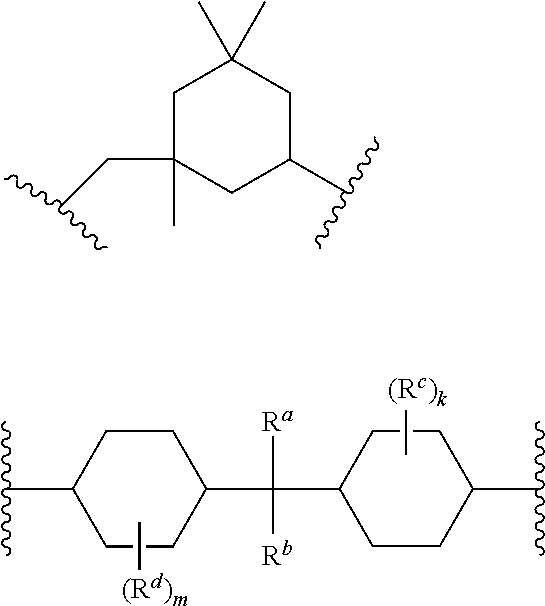Aqueous pesticide microemulsion
- Summary
- Abstract
- Description
- Claims
- Application Information
AI Technical Summary
Benefits of technology
Problems solved by technology
Method used
Image
Examples
examples 1-9 (
General Procedure)
[0282]i) Solvents as given in table 1, except from solvent LM 4.1 were charged into a vessel equipped with a stirrer. Then the active ingredient or active ingredient mixture was added and the mixture was stirred until it was homogeneous. Then the surfactant was added and the mixture was again stirred until a homogeneous non-aqueous solution was obtained.[0283]ii) In a separate vessel the biocide were dissolved in the required amount of water. Then, solvent LM 4.1 and the hyperbranched polymer, if required, were added and the mixture was stirred until a homogeneous aqueous solution was obtained.[0284]iii) The non-aqueous solution of step i) and the aqueous solution of step ii) were mixed with gentle agitation. Thereby a clear and uniform liquid formulation was obtained.
[0285]The thus obtained formulations are clear and uniform liquids. The formulations have a viscosity (Brookfield, 20° C., 100 s−1) of 200-300 mPa·s. The pHs of the neat formulations are given in tabl...
PUM
 Login to view more
Login to view more Abstract
Description
Claims
Application Information
 Login to view more
Login to view more - R&D Engineer
- R&D Manager
- IP Professional
- Industry Leading Data Capabilities
- Powerful AI technology
- Patent DNA Extraction
Browse by: Latest US Patents, China's latest patents, Technical Efficacy Thesaurus, Application Domain, Technology Topic.
© 2024 PatSnap. All rights reserved.Legal|Privacy policy|Modern Slavery Act Transparency Statement|Sitemap

